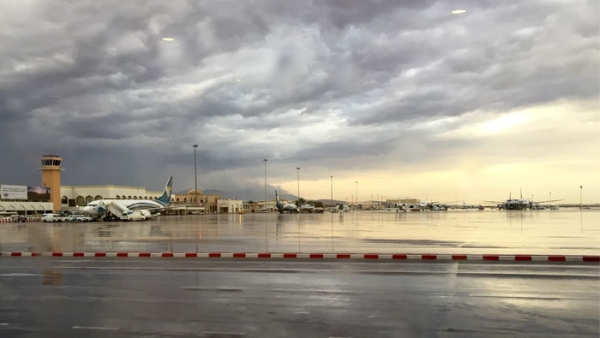
Muscat: Muscat International Airport’s existing terminal will be used for operating low cost airlines once the new terminal building becomes operational, said a senior official of Oman Airports Management Company.
The plan is to revive the existing airport, which is called terminal two, for budget airlines, while the newly built terminal one will receive all other airlines.
According to recent reports, the new terminal will be operational either by the end of 2016 or early 2017 since 86 per cent of the new terminal building work has already been completed. The new state-of-the-art terminal has a capacity to handle 12 million passengers per annum, which can be scaled up to 24 million, 36 million and 48 million in different phases if needed.
Since Oman plans to start its first budget airline – Salam Air – with its base in Muscat within a year, and several other budget carriers are flying to Muscat, the existing terminal is expected to get enough passengers to keep it busy. Budget carriers like flydubai, Air Arabia and Air India Express have been operating to Muscat for several years.
The old runway will be demolished to create a new one, which will result in the airport having two runways. “We have opened the new runway. We are refurbishing the old one and we will have two runways at the Muscat airport,” said Aimen Ahmed Al Hosni, chief executive officer, Oman Airports Management Company.
Ground handling operators
Al Hosni, while making a presentation at the recently concluded Oman Economic Forum, said that his company has floated tenders to select two ground handling operators for Muscat airport, who will compete each other. This will help to generate better results for both passengers and airlines.
Al Hosni added that plans are also afoot to develop real estate projects using vacant land close to the airport. “Today, airports are like shopping malls. We would like to build a whole city around the airport,” he said, adding; “Our aim is to achieve profitable growth.”
Highlighting the growth in passenger traffic, Al Hosni said Muscat International Airport has achieved an 18 per cent growth in passenger traffic at 10.3 million passengers, while Salalah airport has achieved a 22 per cent growth in number of passengers at 1.02 million last year.
The state-owned Oman Airports Management Company operates and manages five airports – Muscat International Airport, Salalah Airport, Sohar Airport, Khasab Airport and Duqm Airport. Ras Al Hadd, another regional airport, will be completed within two years. Duqm is really picking up due to growing business activities, he noted.
Muscat airport aims to be in the league of 20 top airports in the world in terms of passenger numbers and service.